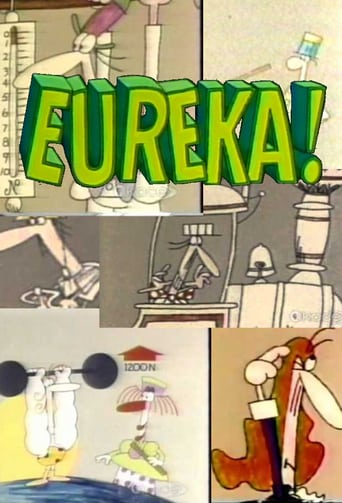
Eureka! is a Canadian educational television series which was produced and broadcast by TVOntario in 1980. The series was narrated by Billy Van, and featured a series of animated vignettes which taught physics lessons to children. It is currently available online. Eureka! was also broadcast on some PBS stations in the United States.
... View MoreThe movie is currently not available onine
